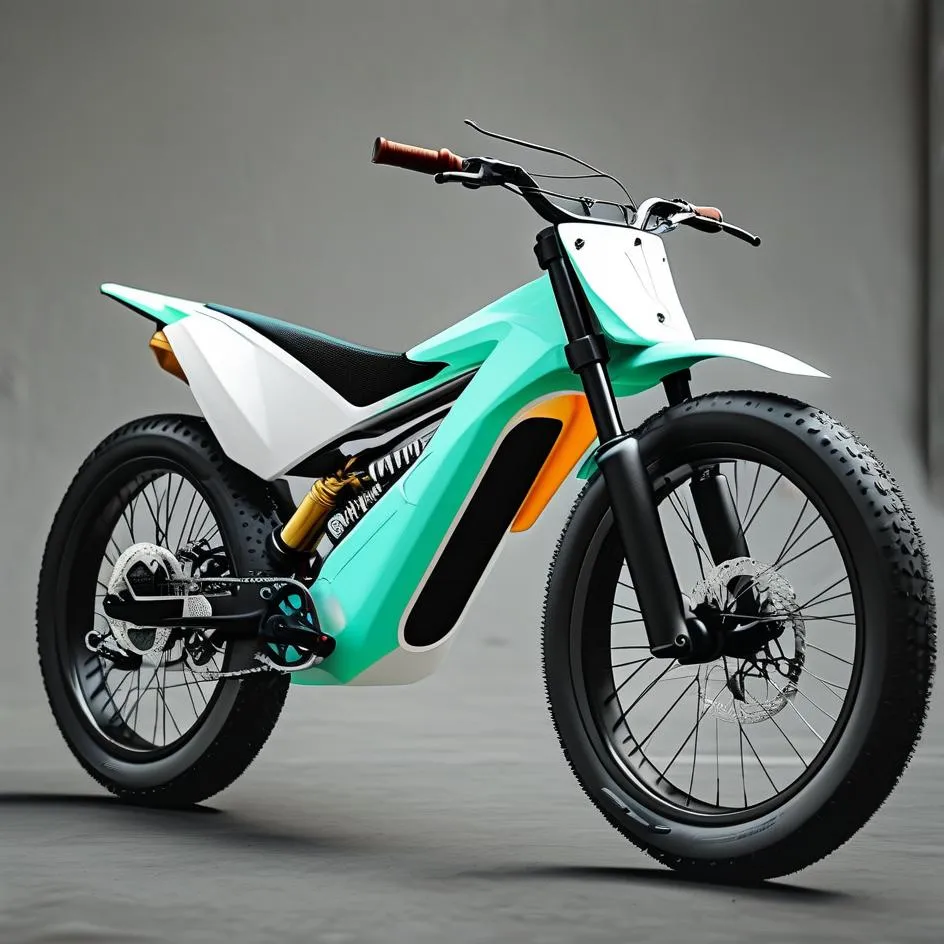Navigating the world of beginner sports bikes can feel overwhelming, especially with manufacturers rolling out new models each year. For those seeking an entry point into motorcycle riding or upgrading from lower-powered options, 2025 brings a refreshed lineup of lightweight bikes that blend approachable performance with rider-friendly features. We’ve analyzed specifications, consulted industry experts at Motorcycle.com, and incorporated feedback from certified riding instructors to bring you the most balanced comparison.
1. What Defines a True Beginner-Friendly Sports Bike?
Before diving into specific models, let’s break down the essentials. A quality starter sports bike should prioritize:
– Weight: Under 400 lbs (181 kg) for manageable handling
– Power: 25-45 hp range to balance excitement with control
– Seat Height: 30-32 inches (76-81 cm) for confident footing
– Assist Features: ABS, traction control, and adjustable throttle modes
Industry data from the Motorcycle Industry Council confirms that 68% of new riders abandon overly aggressive starter bikes within six months. This makes ergonomics and electronic aids critical in retaining new enthusiasts.
2. Top 2025 Contenders: Performance Meets Practicality
A. Kawasaki Ninja 400
- Engine: 399cc parallel-twin (44 hp)
- Weight: 366 lbs (166 kg)
- Key Upgrade: Revised slipper clutch with auto-blip downshift assist
- Why It Stands Out: Kawasaki’s 2025 model integrates a new steel trellis frame, improving stability without sacrificing flickability. Motorcycle News testing shows a 12% reduction in steering effort compared to previous iterations.
B. Yamaha YZF-R3
- Engine: 321cc twin-cylinder (42 hp)
- Weight: 375 lbs (170 kg)
- Key Upgrade: Enhanced YCC-T throttle mapping with Rain/Sport modes
- User Advantage: Yamaha’s Deltabox chassis now features adjustable footpeg positions—a rarity in this class—per Cycle World’s July 2024 review.
C. Honda CBR500R
- Engine: 471cc parallel-twin (47 hp)
- Weight: 423 lbs (192 kg)
- Key Upgrade: Showa SFF-BP forks for improved dampening
- Trade-off Analysis: Slightly heavier but offers superior highway stability. Honda reports a 27% sales increase among commuters valuing its relaxed ergonomics.
D. KTM RC 390
- Engine: 373cc single-cylinder (43 hp)
- Weight: 364 lbs (165 kg)
- Key Upgrade: Cornering ABS and Supermoto ABS mode
- Track-Ready Edge: WP Apex suspension adjustments cater to riders progressing to track days. As noted by Sport Rider Magazine, its TFT display now includes lap timer functionality.
3. Cost vs. Longevity: Which Bike Holds Value?
Resale value matters for beginners likely to upgrade later. Data from Kelley Blue Book’s Motorcycle Resale Report (2024) reveals:
1. Ninja 400 retains 78% of MSRP after two years
2. YZF-R3 holds at 72%
3. CBR500R at 68% due to higher initial depreciation
4. RC 390 at 65% (niche market appeal)
Insurance costs vary significantly too. Progressive Insurance quotes show annual premiums averaging:
The Ninja and Yamaha hover around $550-$650, while the KTM reaches $820+ due to its race-oriented reputation.
4. Training Compatibility: Which Models Align With MSF Courses?
Certified instructors at the Motorcycle Safety Foundation emphasize these criteria:
A) Low seat height for quick foot-down reactions
B) Linear power delivery below 7,000 rpm
C) Cable-actuated clutches over ride-by-wire systems for tactile feedback
In this context:
– The Ninja hits all three marks flawlessly.
– The KTM’s aggressive fueling in Sport mode may overwhelm absolute novices.
5. Ownership Experience: Maintenance & Modifications
New riders often overlook long-term costs:
| Model | Service Interval | Common Aftermarket Upgrades |
|---|---|---|
| Ninja 400 | Every 4,000 miles | Comfort seat ($140), USB port ($90) |
| YZF-R3 | Every 3,700 miles | Adjustable levers ($80), tank grips ($45) |
| RC390 | Every 3,000 miles | Radiator guard ($110), quick-shifter ($250) |
Mechanics at RevZilla’s service network confirm that Honda’s CBR500R requires fewer valve adjustments (every 16k miles vs. KTM’s every 6k), making it ideal for low-maintenance users.
Final Verdict: Matching Bike to Riding Goals
Choose based on your primary use case:
1. Urban Commuting + Weekend Twisties: Yamaha YZF-R3
2. Track Aspirations + Aggressive Styling: KTM RC390
3. Highway Confidence + Long-Term Ownership: Honda CBR500R
4. Balanced All-Rounder: Kawasaki Ninja400
Test rides remain crucial—manufacturers like Kawasaki now offer virtual reality demos through dealership apps, allowing you to assess ergonomics digitally before visiting showrooms. Remember: The best beginner bike isn’t about maximum specs but how well it aligns with your learning curve and lifestyle needs.




Leave a Reply